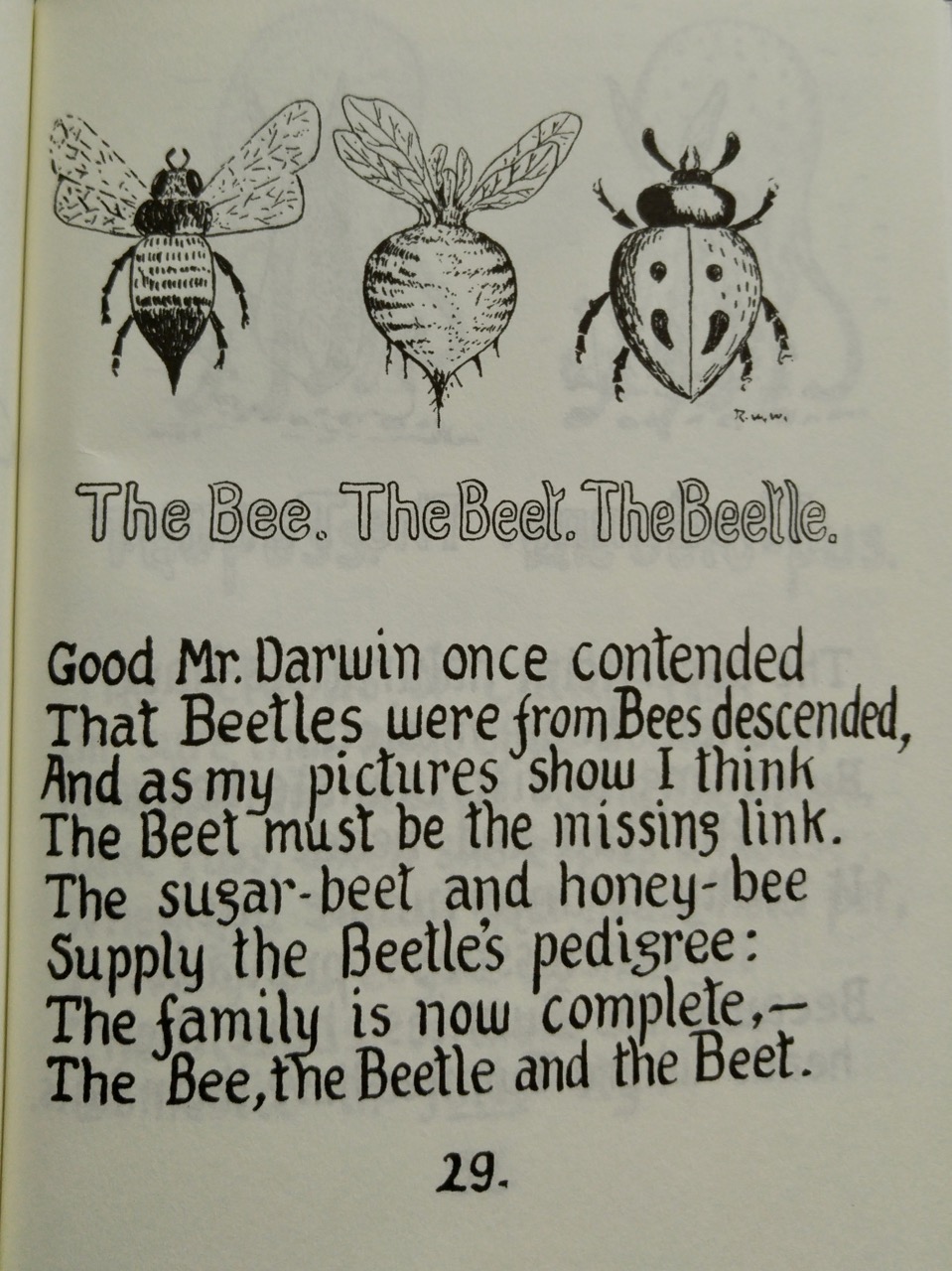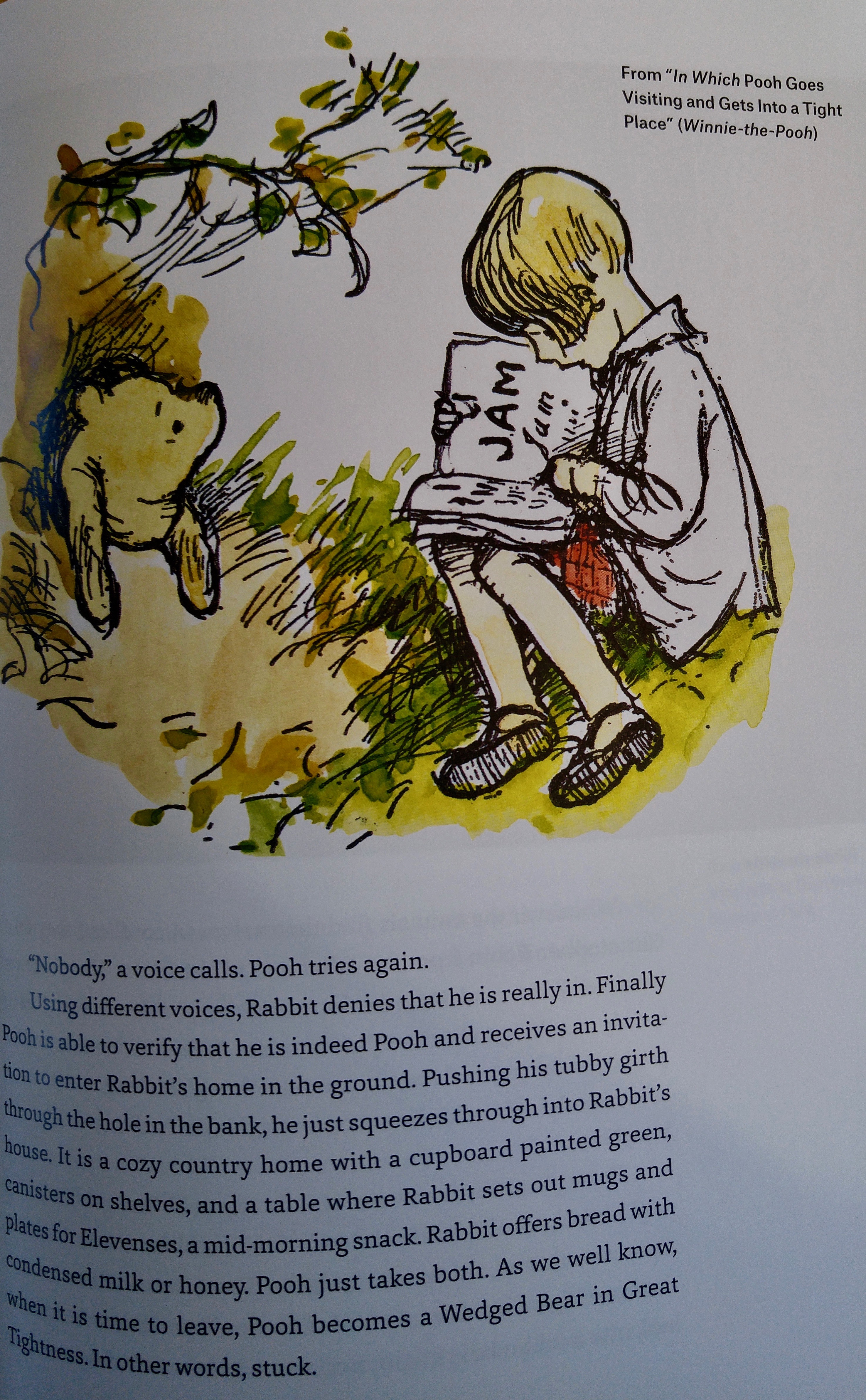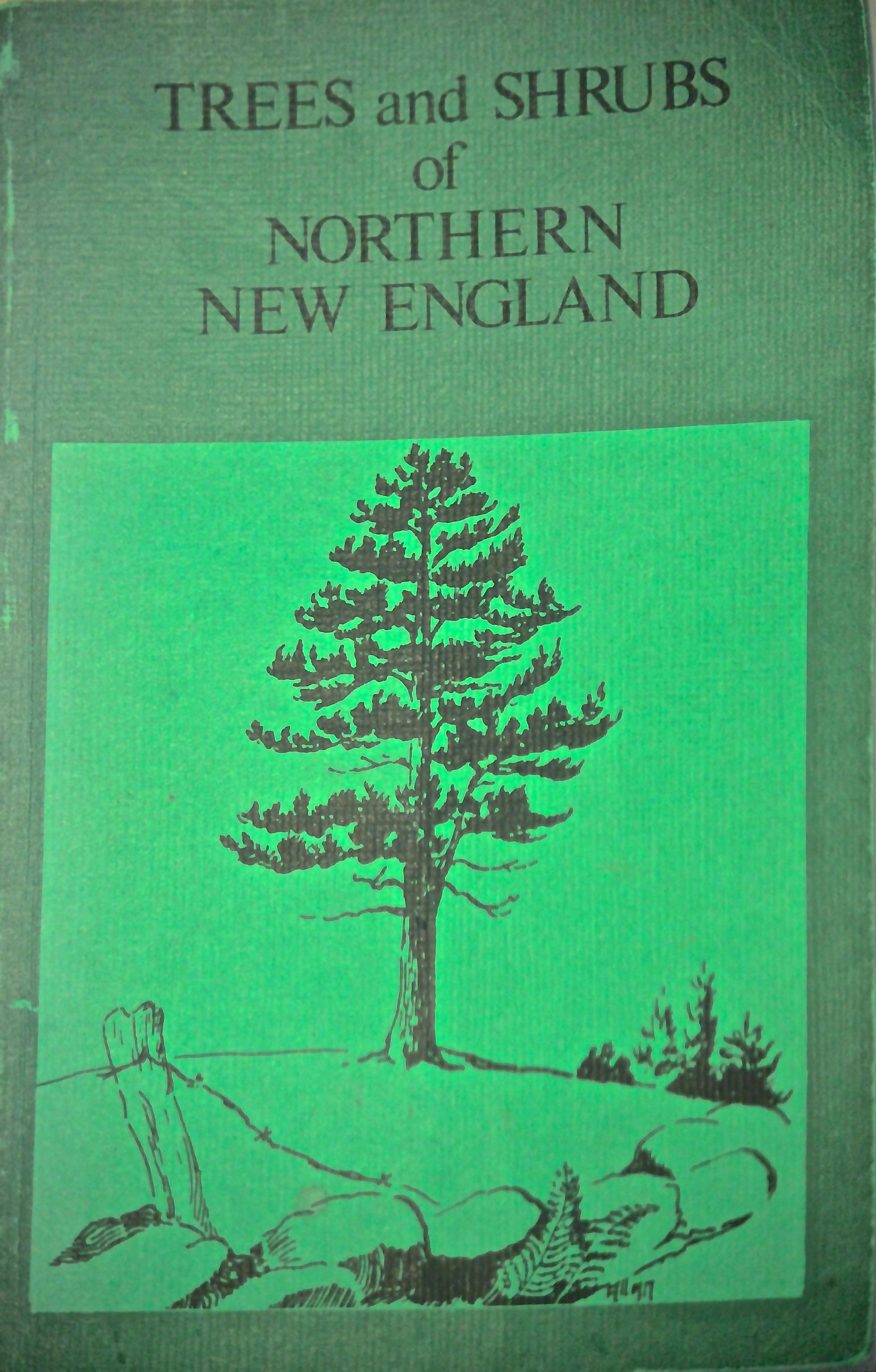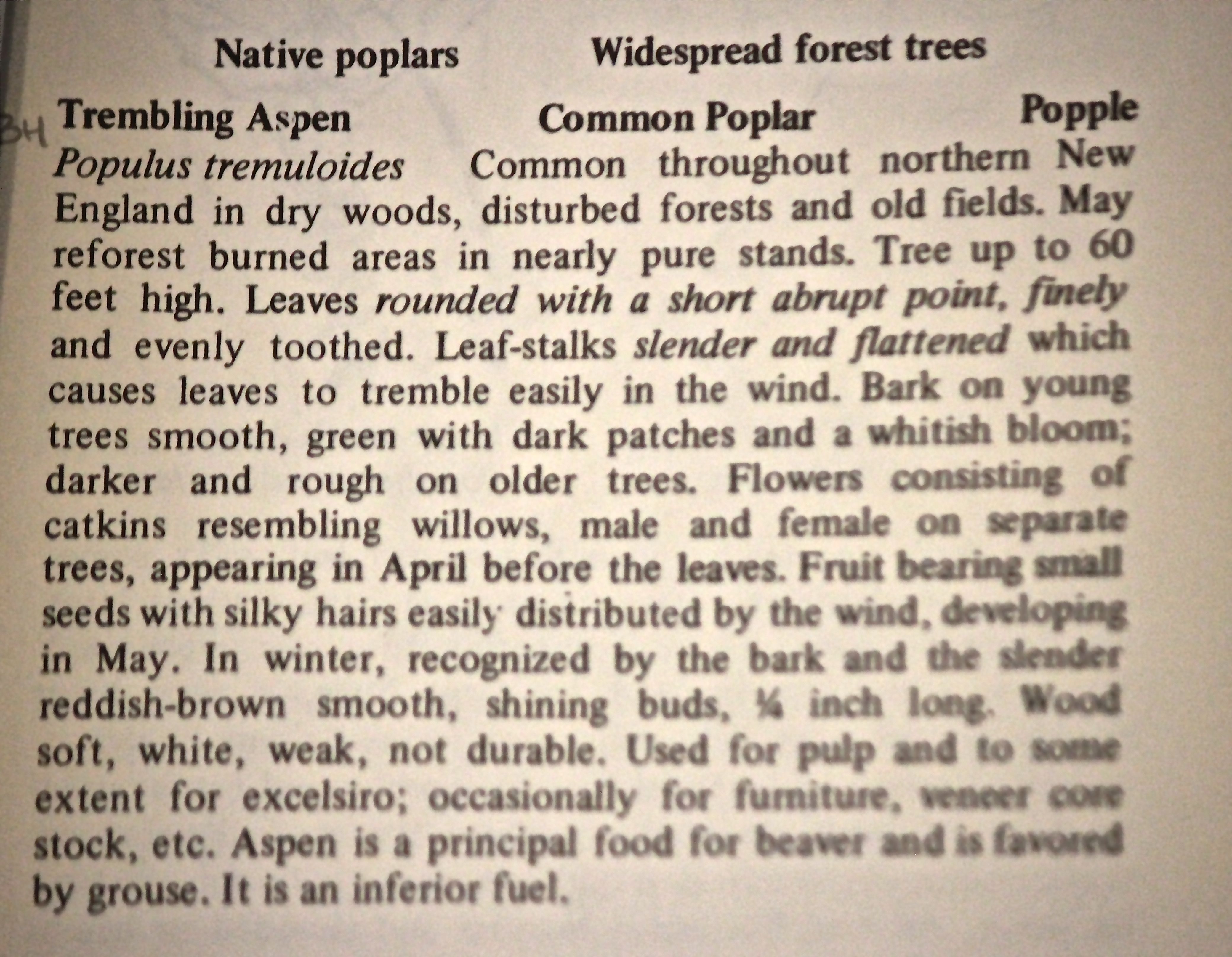Serendipity: the occurrence and development of events by chance in a happy or beneficial way.
And so it was that upon arrival home from a short hike with my guy this morning, we discovered a package addressed to me in the mailbox. When I saw the town in Florida I knew exactly from whence it had come, but still didn’t know what was inside.
Well, much to my delightful surprise it was a children’s book.

I’m in Charge of Celebrations by Byrd Baylor with illustrations by Peter Parnall.
Upon opening to the inside cover, several pieces of paper fell out. The first was a letter from Ben and Faith Hall; though actually it was written by Ben. Here’s an excerpt: “One of my favorite children’s books is Everybody Needs a Rock. It was written by Byrd Baylor and illustrated by Peter Parnall. When Byrd Baylor’s name appeared on the cover of the book I saw, I purchased it for fifty cents.“
Ben and Faith, you see, are part of a group of twelve retired residents in their Florida town who tutor second graders struggling with reading comprehension. Given that, they are always on the lookout for appropriate books to share with their students.
Ben continued in his note to me, “After reading the book, I left it by Faith’s chair without saying anything. Obviously, I wanted to see if her reaction was similar to mine. It was. The story reminds us of your blog with its information and imagination. Thank you for sharing your gift with us. Keep going!
My ulterior motive in sending you the book is that hopefully you will write a children’s book. In no way should you take time away from your blog, but with your depth of spirit it would be worthwhile.
The illustrations in the book are fascinating and remind me of your skill with photography.”
Well, Ben and Faith, thank you so much for this gift. And for your love and support for what I enjoy doing. As for the children’s book, ideas fly through my brain all the time, but . . . I’d have to self-publish and it isn’t going to happen.
As for I’m in Charge of Celebrations, I totally get it. My guy wasn’t in the house when I sat down to read it and it’s a book that needs to be read aloud. And so I did. When he walked around the corner into the living room, he thought I was talking to someone on the phone.
For those of you not familiar with the title, Baylor begins the story with an explanation of how she’s never lonely as she explores the desert.
I feel the same way and on January 11, 2019, I actually wrote, “People often ask me this question: Aren’t you afraid of hiking alone. My response is that I’m more afraid to walk down Main Street than through the woods, the reason being that it’s a rare occasion I encounter a mammal. Oh, I do move cautiously when I’m alone, but there’s something uniquely special about a solo experience.”
As Baylor goes on to say, part of the reason she’s not lonely is this: “I’m the one in charge of celebrations.” Indeed. Each celebration marks the day she made an incredible discovery.
And so, I took a look back at some of my blog posts, and it’s all your fault Ben and Faith that this is a long one. But you inspired me to review some exciting discoveries I made just in the past year. With that, I attempted to follow Baylor’s style.

Friends,
while reveling
in the colors
of dragons and damsels,
their canoodling
resulting in
even more predators
of my favorite kind,
I met Prince Charming,
a Gray Tree Frog
who offered
not one rare glimpse,
but two.
And so it is
that May 30th is
Gray Tree Frog Day.

For over thirty years
I've stalked this land
and July 14th
marked
the first time
I
noticed
the carnivorous plant
growing beside
the lake.
Droplets glistened
at the tips
of the hair-like tendrils
of each leaf
filled
to the brink
as they were
with
insect parts.
On this day
I celebrated
Round-leaved Sundews.

A celebratory parade
took place
on
September 22.
The route
followed the old course
of a local river.
Along the way,
trees stood in formation,
showing off
colorful new coats.
Upon some floats,
seeds rustled
as they prepared
to rain down
like candy tossed
to the gathered crowd.
My favorite musicians
sported their
traditional parade attire
and awed
those watching
from the bandstand.
With an
"ooEEK, ooEEK,"
and a
"jeweep"
they flew
down the route.
Before it was over
a lone lily
danced on the water
and offered
one
last
reflection.
And then summer marched into autumn.

With wonder
in my eyes
and on my mind
I spent November
in the presence
of a Ruffed Grouse.
The curious thing:
the bird followed me,
staying a few feet away
as
I
tramped
on.
I
stopped.
Frequently.
So did the bird.
And we began
to chat.
I spoke quietly
to him
(I'm making a gender assumption)
and he
murmured back
sweet nothings.
Together
we shared the space,
mindful
of
each other.
As he warmed up
below a hemlock,
I stood nearby,
and watched,
occasionally offering
a quiet comment,
which he
considered
with
apparent nonchalance.
Sometimes
the critters
with whom we share
this natural world
do things
that make no sense,
but then again,
sometimes we do
the same.
Henceforth,
November will always be
Ruffed Grouse month
for me.

At 6am
a flock of crows
outside the bedroom window
encouraged me
to
crawl out of bed.
Three black birds
in the Quaking Aspen
squawked
from their perch
as they stared
at the ground.
I peeked
but saw nothing
below.
That is,
until I looked
out the kitchen door
and tracks drew
my attention.
It
took
a
moment
for my
sleepy brain
to click into gear,
but when it did
I began to wonder
why the critter
had come
to the back door
and sashayed about
on the deck.
Typically,
her journey
takes her
from under the barn
to the hemlock stand.
Today,
as the flakes fell,
and the birds scolded,
she sat on the snowpile,
occasionally retreated
to her den,
grunted,
re-emerged,
and then
disappeared
for the day.
I went out again
at dusk
in hopes
of seeing
the prickly lady
dig her way
out
but
our time schedules
were not synchronized.
I don't know
why she behaved
strangely this morning,
but I do know this:
when the crows caw--listen.
And look.
And wonder.

April 8th
will be the day
I celebrate
the Barred Owl
for he finally
flew in
and landed.
As I watched
he looked about
at the
offering of treats.
Cupcakes and cookies
were for sale
to the left
in the form
of Juncos and Chickadees.
And then he turned
his focus right,
where drinks
were on tap
as the snowflakes fell.
He even
checked out
the items
below his feet,
hoping upon hope
to find
a morsel
of a vole
to his liking.
Eventually,
he changed
his orientation
to take
a better look
at the
entire spread
of food.
But still,
he couldn't
make up his mind
and so
he looked some more,
swiveling
his neck.
In the end,
he never did
choose.
Instead,
off he flew
without munching
any of
the specialty items.
But I finally got to see my owl.

Ah, Ben and Faith, there are moments when one miraculously arrives in the right place at the right time, such as when a dragonfly emerges from its exuvia and slowly pumps blood into its body and you get to be a witness.
It strikes me as serendipity that this book should arrive today. You see, all month I’ve been debating what book to feature and time was of the essence as May approached. And then today, your lovely note, a copy of I’m in Charge of Celebrations, and the Christmas homily you wrote, Ben.
You are both the salt of the earth and I am honored to be your friend. Thank you for your kindness. (I’m only now realizing that we’ve shared a few celebrations that we’ll never forget including the fawn at Holt Pond and your smiling Bob the Bass.
Once again, the April Book of the Month: I’m in Charge of Celebrations.
I’m in Charge of Celebrations, by Byrd Baylor, illustrated by Peter Parnall, Charles Scribner’s Sons, 1986.

































































You must be logged in to post a comment.